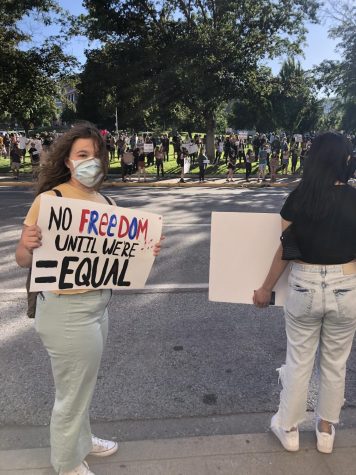Class reduction put into a vote
Nov. 4 was election day, and this year, voters around Washington State turned in ballots, voting on an education measure titled “Initiative 1351.” The results of the vote will decide whether or not the state will increase funds to reduce class sizes and add staff in schools statewide.
As the Legislature had already been directed to increase public education funding under the Washington Supreme Court McCleary Decision, the measure simply directs those funds in a certain direction.
Initiative 1351, over a period of four years, will reduce class sizes in all grades. According to the State of Washington’s Voter’s Pamphlet, the average class size in grades 9-12 is 28.74 students. The measure would cut the average class size to 25 students per class. In career and technical schools, the average class size would be cut from 26.57 to 19 students per class. In crowded schools that have no room to add classes, funding will provide the ability for schools to hire additional teachers.
This measure would provide funding to not only increase the number of teachers, but also supporting staff. Administration, librarians, social workers, psychologists, office support, and security are all parts of schools that would receive additional funding to hire extra employees.
There would also be funding for a position previously unfunded, called a “Parent Involvement Coordinator.” This person would be in charge of connecting teachers and parents, and help them work together for their student’s education. They would help provide families access to information they need, as well as connecting them with services in not only the school, but in the community.
The measure would increase the number of staff that support the schools at a district level. This includes maintenance, mechanics, technology support, and other staff.
The Initiative would not affect the funding for maintenance, supplies or operating costs. It would allocate funds only to reduce class sizes and increase staff. A priority would be placed on high poverty schools, which are schools with the highest percentage of free and reduced-price meals. These schools would also have a lower student-teacher ratio than other schools who are not considered high poverty.
Initiative 1351 would not increase or decrease state revenues. However, it will increase distributions to local school districts by an estimated $4.7 billion by 2019. The decision to levy additional property taxes would be left to individual school districts, which could generate an estimated extra $1.9 billion through 2019.



